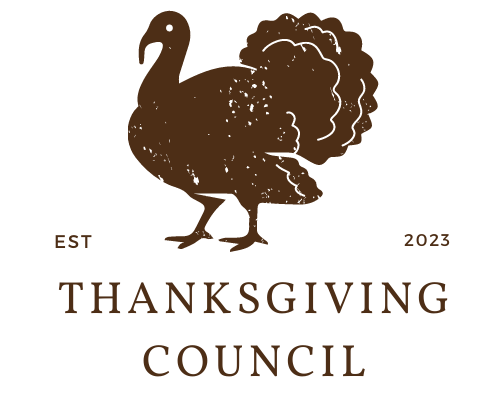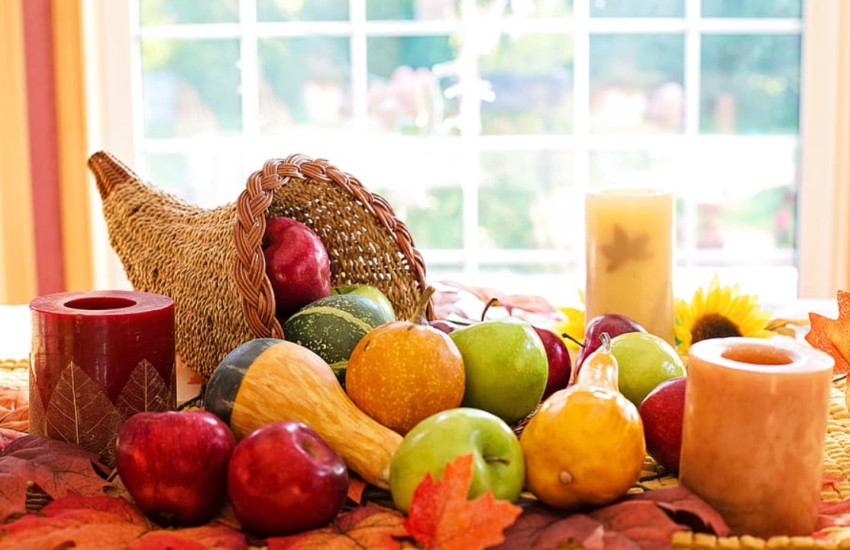Thanksgiving is a beloved holiday in the United States and Canada, celebrated on the fourth Thursday in November and the second Monday in October, respectively. Families gather to share a bountiful feast and express gratitude for their blessings. The holiday has a rich history that spans centuries, beginning with ancient harvest festivals and culminating in the modern-day celebration of family, friends, and community. In this article, we will explore the origins of Thanksgiving and trace its evolution through the ages.
Ancient Harvest Festivals
The origins of Thanksgiving can be traced back to ancient harvest festivals that were celebrated in many cultures around the world. These festivals were held to give thanks for a successful harvest and to honor the gods and goddesses who were believed to have provided the bounty.
In ancient Greece, the festival of Thesmophoria was celebrated in honor of Demeter, the goddess of agriculture and harvest. The festival, which took place over three days in October, was attended only by women and included fasting, feasting, and rituals designed to ensure a successful harvest in the coming year. The festival was marked by the consumption of pomegranates, which were believed to be sacred to Demeter. Other foods that were commonly eaten during the festival included barley cakes, figs, and honey cakes.
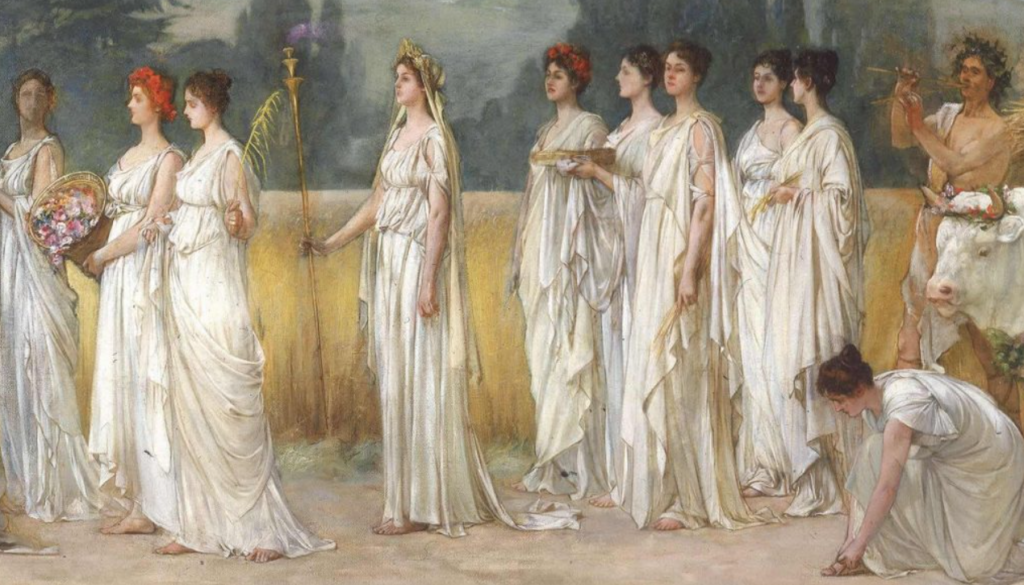
Similarly, the ancient Romans celebrated a harvest festival known as Saturnalia, which was held in honor of Saturn, the god of agriculture. The festival was a time of feasting, drinking, and revelry, and included the exchange of gifts, the lighting of candles, and the decoration of trees with fruits and nuts. The Romans would eat a variety of meats, including pork, beef, and game, as well as fruits, nuts, and honey cakes. Wine was also an important part of the festival, and it was often mixed with spices and heated over a fire.
During these festivals, people would come together to enjoy the fruits of their labor and share in the abundance of the harvest. The foods and drinks consumed during these festivals varied depending on the culture, but often included fruits, vegetables, grains, and meats. Overall, these ancient harvest festivals served as a time to give thanks for the bounty of the harvest and to celebrate the abundance of nature. They were an opportunity for people to come together and share in the joys of the season, a tradition that has carried on through the centuries and is still reflected in modern-day Thanksgiving celebrations.
European Harvest Festivals
As European colonists began to settle in the New World, they brought with them their own traditions and celebrations of the harvest. One such celebration was the Spanish Thanksgiving, which was held in Florida in 1565 by the Spanish explorer Pedro Menéndez de Avilés.
The Spanish Thanksgiving was held to give thanks for the safe arrival of the Spanish colonists and to celebrate the bounty of the harvest. The feast included a variety of foods, such as salted pork, garbanzo beans, and hardtack biscuits, which were staples of Spanish cuisine at the time.
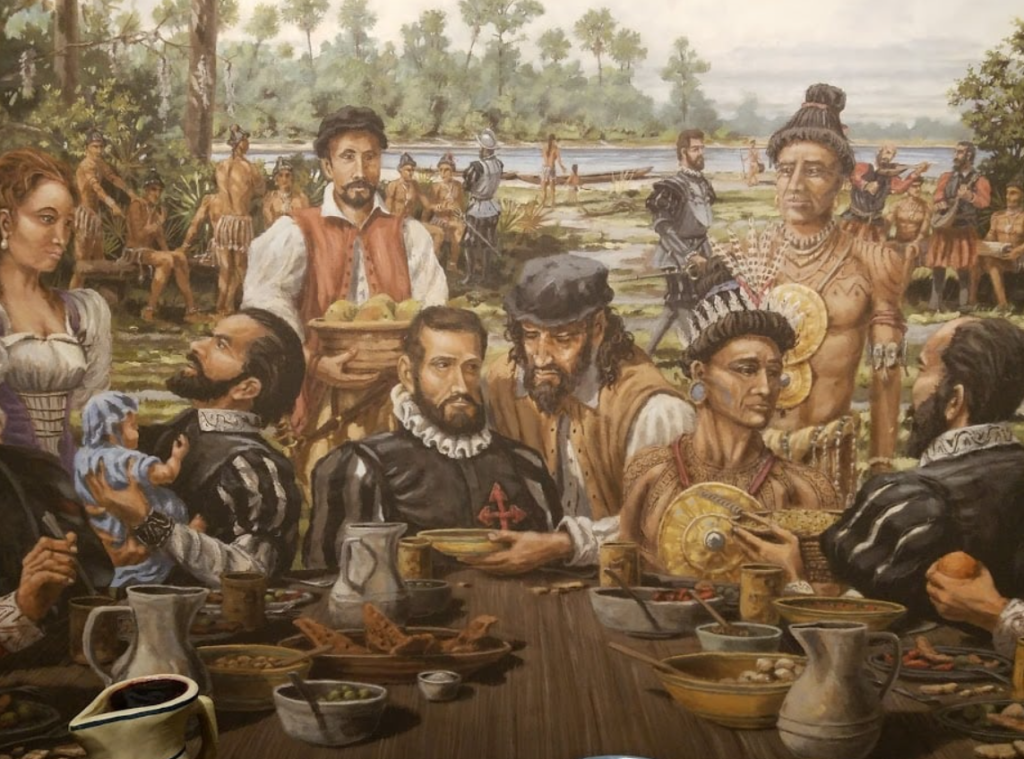
The Spanish Thanksgiving in Florida was one of the first documented celebrations of Thanksgiving in the New World. However, it was not until much later that the holiday began to take on the form that is familiar to us today.
One of the most famous Thanksgiving celebrations in American history took place in 1621, when the Pilgrims held a feast with the Wampanoag tribe in Plymouth, Massachusetts. The Pilgrims had arrived in the New World the year before and had struggled to survive through a harsh winter.
With the help of the Wampanoag, the Pilgrims were able to establish a successful harvest that fall. To give thanks for their blessings, the Pilgrims invited their Native American neighbors to join them in a three-day feast, which has since become known as the first Thanksgiving.
The feast included a variety of foods, many of which were likely prepared by the Wampanoag. These foods included wild game, such as deer and turkey, as well as fish, corn, and vegetables.
The Pilgrims also likely served a variety of English dishes, such as roasted meats, pies, and puddings. However, the exact menu of the first Thanksgiving is not known for certain, as there were no written records of the event.
The first Thanksgiving was not an annual event at the time, but rather a one-time celebration of the harvest and the alliance between the Pilgrims and the Wampanoag. It was not until much later that Thanksgiving became an annual holiday in the United States.
The Pilgrims’ Thanksgiving holds a significant place in American history as a symbol of unity and cooperation between different cultures. It is a reminder of the importance of coming together to give thanks for our blessings and to celebrate the abundance of the harvest.
In addition to the Pilgrims’ Thanksgiving, there were many other harvest festivals held throughout Europe and the New World in the centuries that followed. These festivals often included feasting, dancing, and other forms of revelry, and served as an important way for people to connect with each other and celebrate their shared culture and traditions.
Early American Thanksgivings
By the late 18th century, Thanksgiving had become an annual holiday in many parts of the United States. However, it was not until the mid-19th century that the holiday began to take on a more national significance.
In 1863, President Abraham Lincoln declared Thanksgiving a national holiday, to be celebrated on the last Thursday of November. This was in response to a campaign led by Sarah Josepha Hale, a writer and editor who believed that a national Thanksgiving would help to promote unity and patriotism in the wake of the Civil War.
For many years, Thanksgiving remained a fixed holiday on the last Thursday of November. However, in 1939, President Franklin D. Roosevelt moved the holiday up one week, to the fourth Thursday of November, in an attempt to extend the holiday shopping season and boost the economy during the Great Depression.
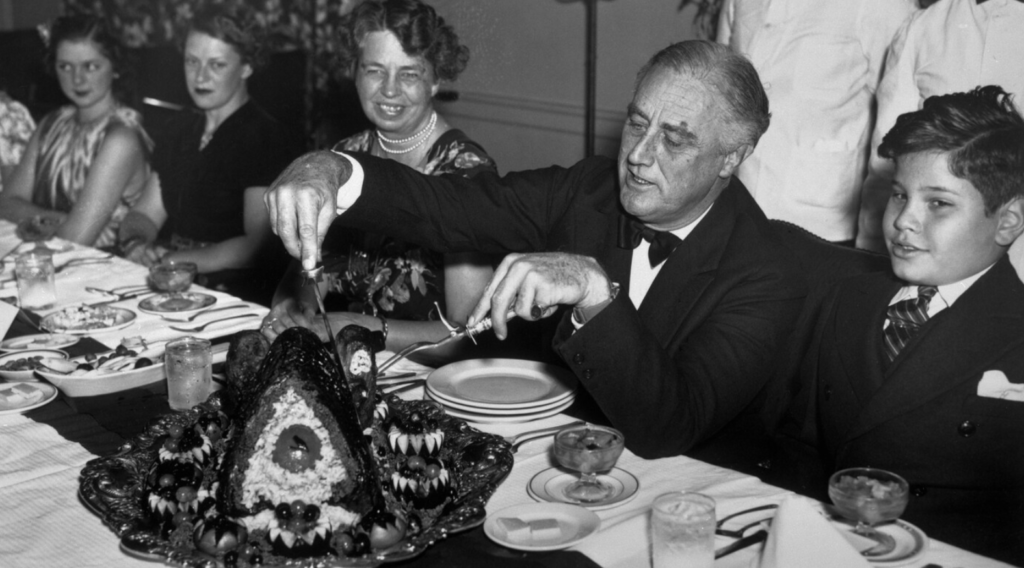
This move was met with resistance from many Americans, who felt that the change was unnecessary and interfered with traditional Thanksgiving celebrations. In 1941, Congress passed a law making the fourth Thursday of November the official date of Thanksgiving, and the holiday has been celebrated on this day ever since.
Throughout the late 19th and early 20th centuries, Thanksgiving remained an important holiday for Americans. Families would gather together to share a meal, often featuring traditional dishes such as turkey, stuffing, and pumpkin pie.
In addition to the traditional feast, many communities held parades and other festivities to mark the holiday. One of the most famous of these is the Macy’s Thanksgiving Day Parade, which was first held in New York City in 1924 and has since become a beloved annual tradition.

During the late 19th and early 20th centuries, Thanksgiving also became associated with football, with many high schools and colleges scheduling their annual games on Thanksgiving Day. This tradition has continued to the present day, with the National Football League hosting multiple games on Thanksgiving Day each year.
In recent years, Thanksgiving has also become associated with Black Friday, the day after Thanksgiving which marks the beginning of the holiday shopping season. Many retailers offer special deals and discounts on Black Friday, leading to long lines and crowds of shoppers in stores across the country.

Despite its commercialization in modern times, the spirit of gratitude remains at the heart of Thanksgiving. Whether celebrated with family, friends, or the wider community, the holiday serves as a reminder to give thanks for our blessings and to appreciate the abundance of the harvest.
References:
Alden, J. (1622). A true relation of occurrences and accidents in Virginia. Retrieved from http://www.histarch.illinois.edu/plymouth/alden.html
Anderson, W. L. (1915). The Pilgrim Thanksgiving. American Anthropologist, 17(4), 728-733. doi:10.1525/aa.1915.17.4.02a00100
Bradford, W. (1622). Of Plymouth Plantation. Retrieved from https://www.gutenberg.org/files/24950/24950-h/24950-h.htm
Campbell, R. W. (1890). The Indian as a factor in the development of New England. In Historical discourses (pp. 137-157). Boston: Cupples, Upham & Co.
Edmunds, R. D. (1978). Native American testimony on the Black Hawk War. The Journal of American History, 65(1), 79-91. doi:10.2307/1900771
Fowler, W. S. (2001). Let us give thanks: Thanksgiving proclamations and the development of national identity in the United States. Journal of Historical Sociology, 14(3), 273-297. doi:10.1111/1467-6443.00114
Kammen, M. (2008). Colonial New York and Thanksgiving. New York History, 89(4), 335-354.
Peabody, W. B. O. (1873). History of Thanksgiving. North American Review, 117(239), 448-469.
Smith, S. B. (2013). Thanksgiving: The true story. Teaching Tolerance. Retrieved from https://www.tolerance.org/magazine/fall-2013/thanksgiving-the-true-story
Thanksgiving. (2022). In Encyclopædia Britannica. Retrieved from https://www.britannica.com/topic/Thanksgiving
Thanksgiving Day Proclamation. (1863). Abraham Lincoln Online. Retrieved from https://www.abrahamlincolnonline.org/lincoln/speeches/thanks.htm
Thanksgiving Proclamation. (1789). The Papers of George Washington. Retrieved from https://founders.archives.gov/documents/Washington/05-04-02-0091
